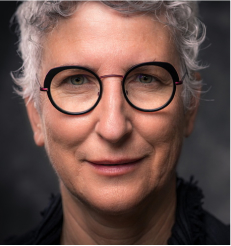Is it really possible to heal our deepest wounds and live a life without fear and anxiety? According to Gabby Bernstein, the answer is an emphatic yes. In this podcast, Tami Simon speaks with Gabby about what it means to be led by the Self—that mysterious center of our being that can witness everything we experience in life from a compassionate center connected with source energy.
Settle in for an inspiring conversation exploring: why our “clean vulnerability” can be our greatest strength; Internal Family Systems therapy and how it helps us heal from the inside out; activating calmness, connection, curiosity, commitment, and other “C qualities”; invoking our loving and wise inner parent; the four S’s: to be seen, soothed, safe, and secure; the connection between healing our trauma and healing our attachment style; embracing our shameful experiences with compassion; psychosomatic illness and “hiding behind the body”; the power of co-regulation; developing a relationship with your spiritual guidance system and reaching a place of faith in the future; and more.
This episode first aired live and on video on Sounds True One. To watch Insights at the Edge episodes live and on video, and to access additional bonus Q&A, please visit join.soundstrue.com to learn more.




